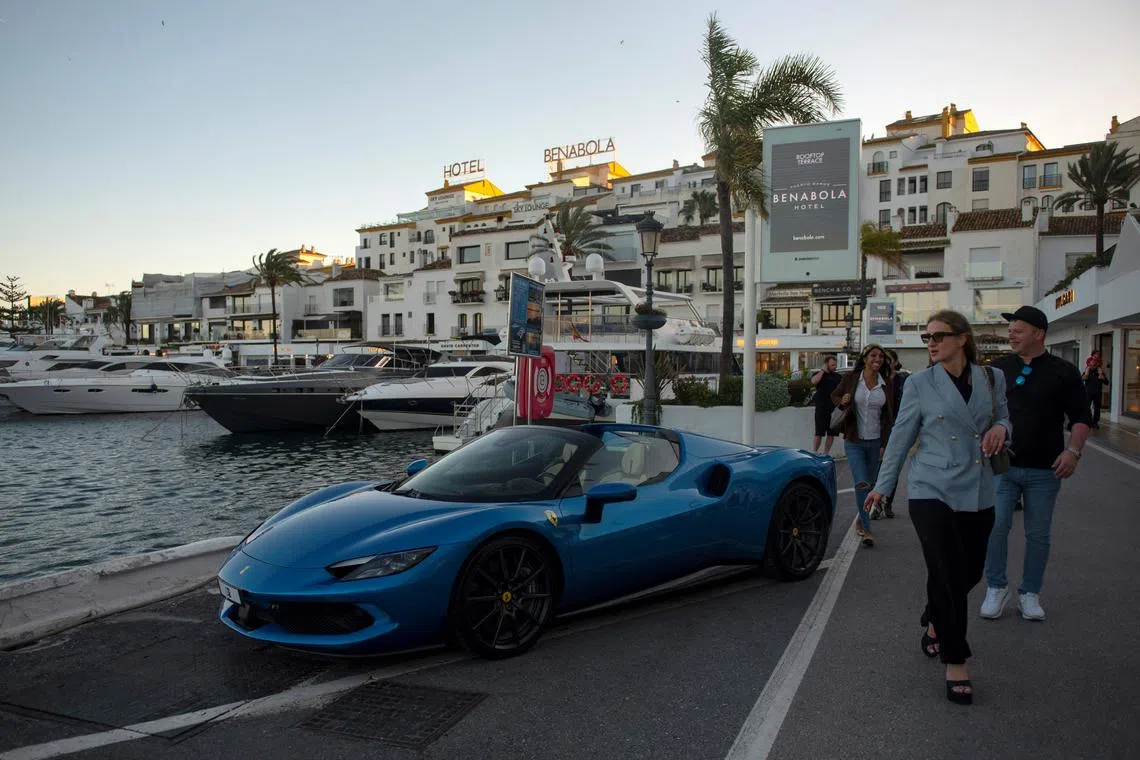For subscribers
A luxury travel bubble is swelling
Unlike the multimillionaire crowd, aspirational luxury travellers are likely to cut back in uncertain times.
Sign up now: Get ST's newsletters delivered to your inbox

As the luxury category has swelled to encompass both the uber-rich and aspirational splurgers, travel companies have been quick to invest.
PHOTO: AFP
Kristen Bellstrom
Follow topic:
When you go on vacation, do you ever treat yourself to an upgraded airline seat? Or book the (admittedly cheapest) room at a five-star hotel? Maybe splurge on a spa day or celebratory Michelin-starred meal? If any of this sounds familiar, you may be what the travel industry calls an “aspirational” luxury traveller. And much to the industry’s potential dismay, you’re also inflating an economic bubble that may be about to burst.
According to McKinsey, the aspirational set, defined as those with between US$100,000 (S$129,000) and US$1 million in net worth, now accounts for 35 per cent of the global luxury travel market. In 2023, they spent US$84 billion on high-end vacations, a figure expected to grow to US$107 billion by 2028. That purchasing power has helped turn luxury travel from a glamorous niche into a major profit centre, sparking a race among airlines, hotels, cruise lines, tour companies and the rest to cater to and capture this market segment.

